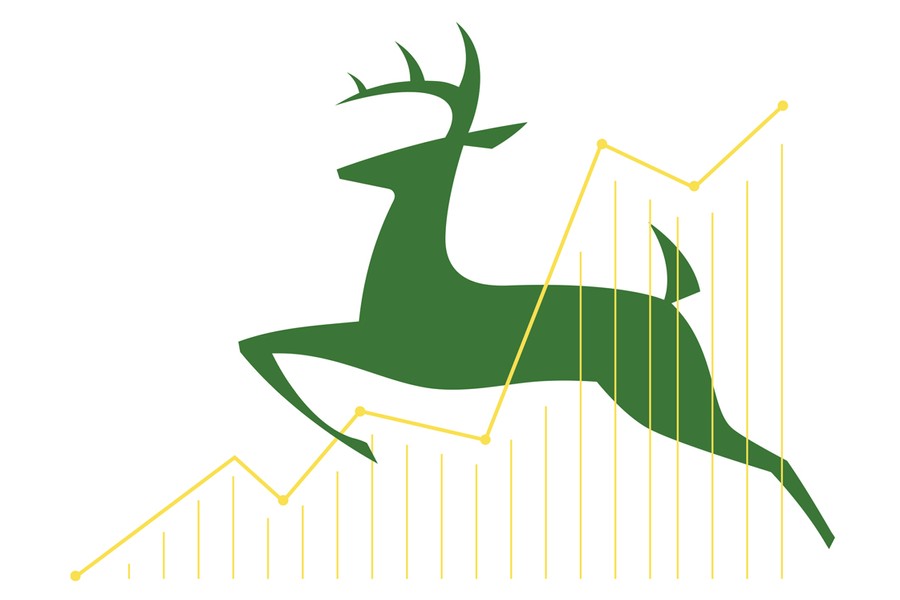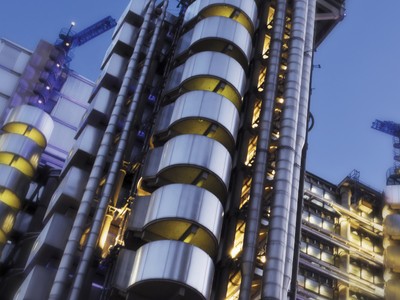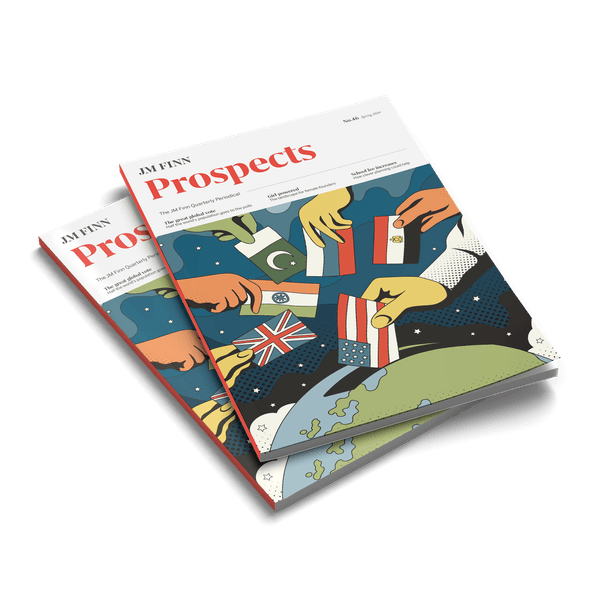‘Nothing runs like a Deere’ so the saying goes, an almost unavoidable phrase in the world of agriculture.
Even those less involved with the sector are often familiar with the iconic green and yellow John Deere livery – and for good reason. Deere & Company (‘Deere’), selling under the John Deere brand is the world’s leading manufacturer of agricultural and turf equipment alongside its offerings in construction and forestry, with a weighted average market share of 25%.
In 1837, blacksmith John Deere designed and made the first self-scouring steel plough out of a broken saw blade. The revolutionary design proved hugely popular and so Deere & Company was incorporated in 1866 as an implement manufacturer, before entering the tractor market with the ‘Waterloo Boy’ in 1918. Fast forward 100 or so years, the Deere tractor offering comprises numerous models, from ride-on lawn mowers through to the range-topping articulated 9RX 640 tractor, which boasts a 690 horsepower rating.
The business is split into three main segments: Production and Precision Agriculture produces large and mid-sized scale tractors, cultivators, planters, harvesters, and crop care equipment and has the highest margin. Small Agriculture and Turf comprises products associated with livestock farming, high value crops and turf and utility users. Its third division, Construction and Forestry, produces equipment for all aspects of earthmoving, forestry and roadbuilding.
The lesser-known part of Deere is its Financial Services segment, which provides financing to both buyers of its machinery and Deere’s dealer network, which it uses to maintain inventory levels. While this does expose the business to added credit default and interest rate risk, it makes for a much more streamlined customer purchasing experience and dealer network.
There is no escaping that Deere is a cyclical business given its exposure to the equipment replacement cycle, and that makes for inconsistent growth. Despite this it has achieved a 10-year revenue growth rate of +5.3%. The cycle for agricultural and forestry machinery is dictated by the prices of soft commodities (i.e. commodities that are grown rather than mined), while the construction machinery cycle is determined by construction levels. Poor soft commodity prices or construction levels typically lead to equipment owners delaying the replacement of machines in their fleet and vice versa.
Deere is the world’s leading manufacturer of agricultural and turf equipment alongside its offerings in construction and forestry.
Evidence of cyclicality is clear in Deere’s revenue growth. In the years 2021-23, revenue grew at +27.1%, +20.6% and +15.8% respectively. This correlates with strong corn and soybean prices in the period and represented the start of a new cycle after six years of historic underinvestment. Now, with grain prices cooling into 2024 and construction output hampered by the effects of higher interest rates, consensus expects -14.3% and 0% growth in 2024 and 2025, which we would associate with mid-cycle performance.
Global food production is at an interesting inflection point: it is estimated that by 2050, global food demand will have risen by 59%. While bringing more land into production is the most obvious answer, it often comes at the cost of rainforests and also impacts water supply. The alternative is to address the global ‘yield gap’ (the difference between actual farm output and the yield potential) by unlocking the true yield potential of currently cultivated land through more efficient farming. At the same time, the agriculture industry is coming under increasing pressure to reduce its emissions and reliance on pesticides and inorganic fertilisers, in order to be less impactful on the planet.
These drivers, coupled with skilled labour shortages have led Deere to add increasingly sophisticated technology to its machinery offering. The cloud-based JD CommandCenter coupled with GreenStar GPS steering creates fleet integration from cultivation through to harvest, enabling yield mapping to dictate variable rate seed, fertiliser, and pesticide applications. These capabilities create a competitive advantage for Deere over rivals in two ways; a) incentivising owners of multi-brand fleets to consolidate into John Deere only fleets across machine types, and b) making it very difficult for owners of John Deere only fleets to justify trying competitor alternatives for particular machine types.
In 2017 Deere acquired AI-based Blue River Technology, a developer of ‘See and Spray’ technology for US$305m. See and Spray technology uses cameras to continuously photograph the crop as the sprayer moves across a field. The photographs are computer analysed to identify weeds, diseases, and pests. Once identified, an instruction is sent to turn on the respective spray nozzle as it passes over the target area and then to turn it off once the sprayer has passed the target area. In field trials the technology has proven to reduce herbicide use by 77%, and while still in its infancy, there is a highly compelling use case for farmers seeking to reduce pesticide usage from a cost, resistance and pollution perspective.





